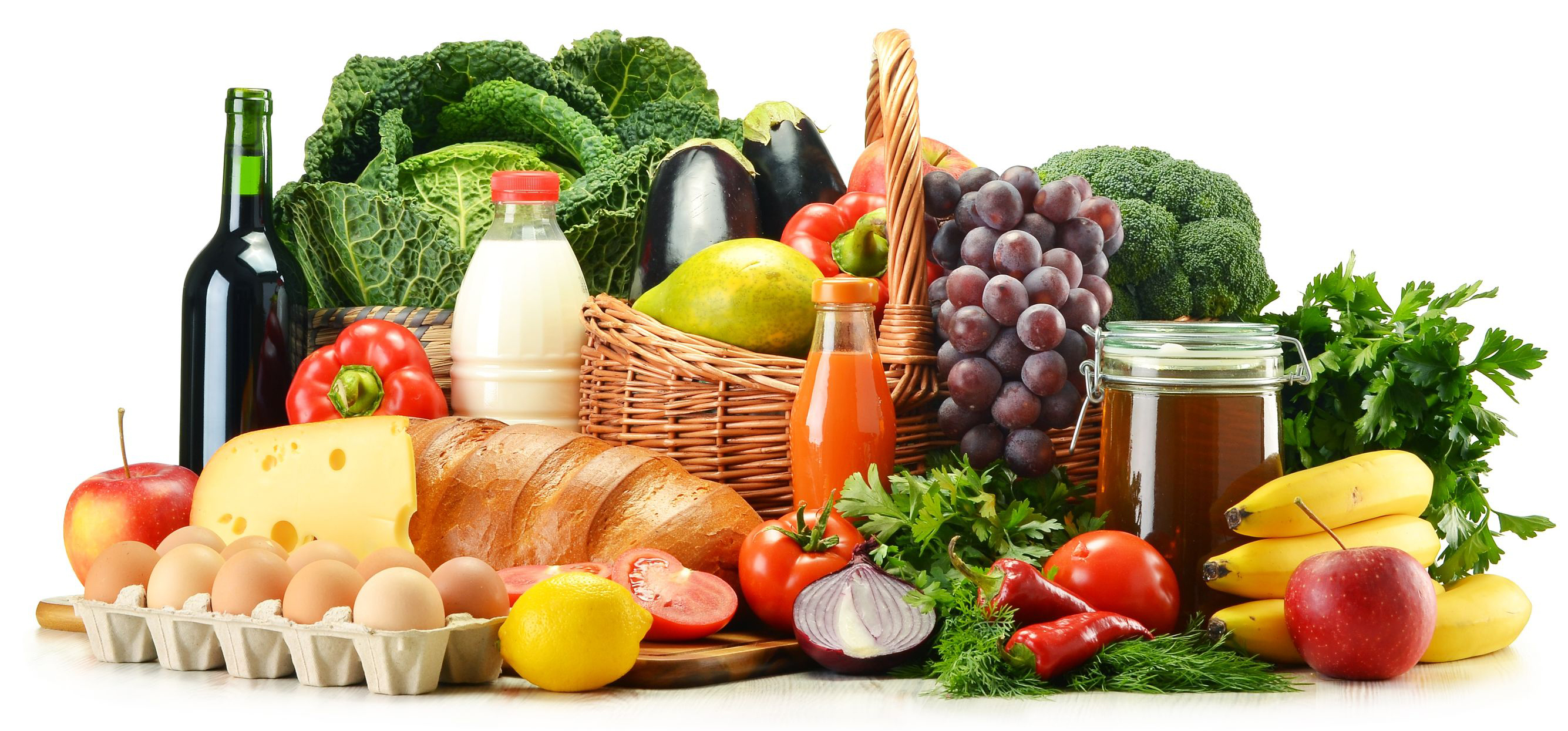Coenzyme Q10: A Building Block of Healthy Aging
SOURCE: Dynamic Chiropractic
By Holly Lucille, ND, RN
Supporting biologic activity as we age with ubiquinol, the active form of CoQ10.
Coenzyme Q10 has gained enormous attention in recent years, and with good reason — it’s the Energizer Bunny of the cellular world.
This essential quinine molecule is found in the mitochondria of every single cell in the body, where it plays a key role in energy production. CoQ10 not only assists in the production of adenosine triphosphate (ATP), but also scavenges free radicals. [1] To carry out these critical tasks, mitochondrial CoQ10 continuously cycles from ubiquinone, its ATP production state, to ubiquinol, its reduced active state. [2]
More than 4,000 published studies suggest that high CoQ10 levels are essential for optimal health — and this is especially true for the heart and brain. Since both of these organs require huge amounts of energy, supplementation can often help support their high biologic activity. [2, 3] Research shows that CoQ10 supplementation can improve energy production and extend cell life by enhancing cellular mitochondrial levels of CoQ10. In turn, this supports not only the heart and brain, but also periodontal, skin, reproductive, and immune health. [4-9] However, before you advise patients to add CoQ10 to their daily routine, be aware that there’s a catch to taking this multitalented nutrient in supplemental form.
CoQ10’s Critical Conversion
Creating ATP inside the mitochondria is quite complicated and involves a series of biochemical reactions. Since the body cannot store ATP, this multi-step process — known as the electron transport chain — ensures that this critical energy source is continually replaced. [1, 10] Here’s how it works: Ubiquinone contributes to ATP production by passing electrons from one enzyme complex to another, much like a bucket brigade. [3] During this process, ubiquinone is converted to its reduced active state, ubiquinol.
Surprisingly, our mitochondria are the most important cellular source of free radicals. [11] While most of the oxygen radicals generated by the mitochondria stay with its membrane folds, about 2 percent “escape” and create toxins that can threaten the health and survival of the entire cell. [11-13] Ubiquinol is able to neutralize these free radicals, both within the mitochondria and the cell membrane itself. [14]
There are many more articles like this @ our:
which is just one page from our
Free radicals are harmful to all cells, but especially to cells with high biologic activity such as those in the heart and brain. Fortunately the highest concentration of CoQ10, and subsequently ubiquinol, is naturally found in the cells that make up the cardiovascular and nervous systems — sites where free radicals can inflict significant damage. [2, 3, 14, 15]
The Need to Supplement
Unfortunately, the body’s ability to complete the conversion from ubiquinone to ubiquinol wanes as we age. Since this may contribute to premature aging, supplementation may be warranted. During a recent experiment, results of which appeared in the journal Molecular Nutrition and Food Research, and which used an animal model of aging, researchers found that mice given ubiquinol experienced significantly healthier aging than those taking a standard CoQ10 supplement. [16]
Read the rest of this Full Text article now!




Nice article! I have heard so much about the benefits of coenzyme q10 but never really understood how it worked. Thank you for breaking that down for me! I have been suffering from high cholesterol and want to try taking the coenzyme q10 supplement to lower it. What dose do you recommend? I was thinking 100mg.